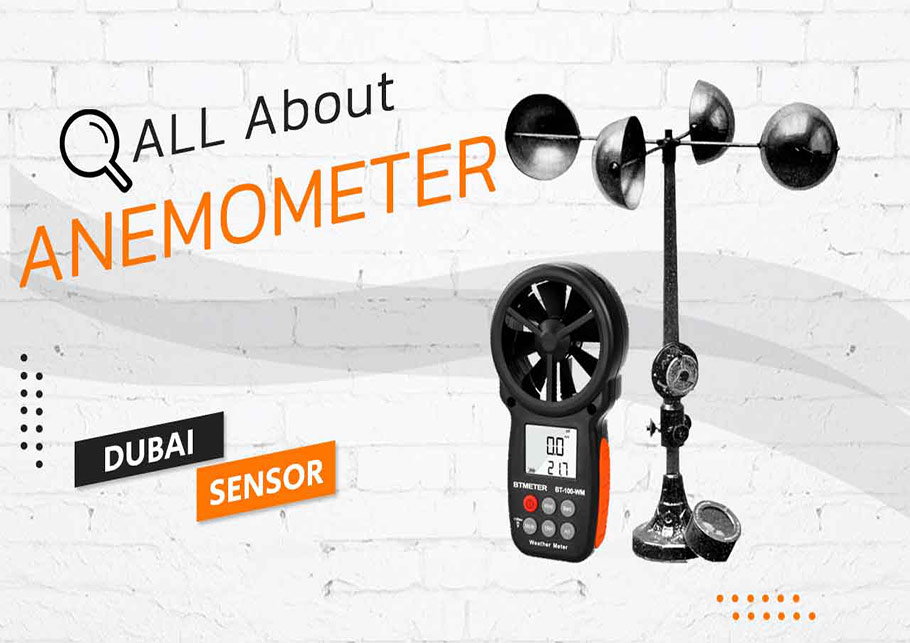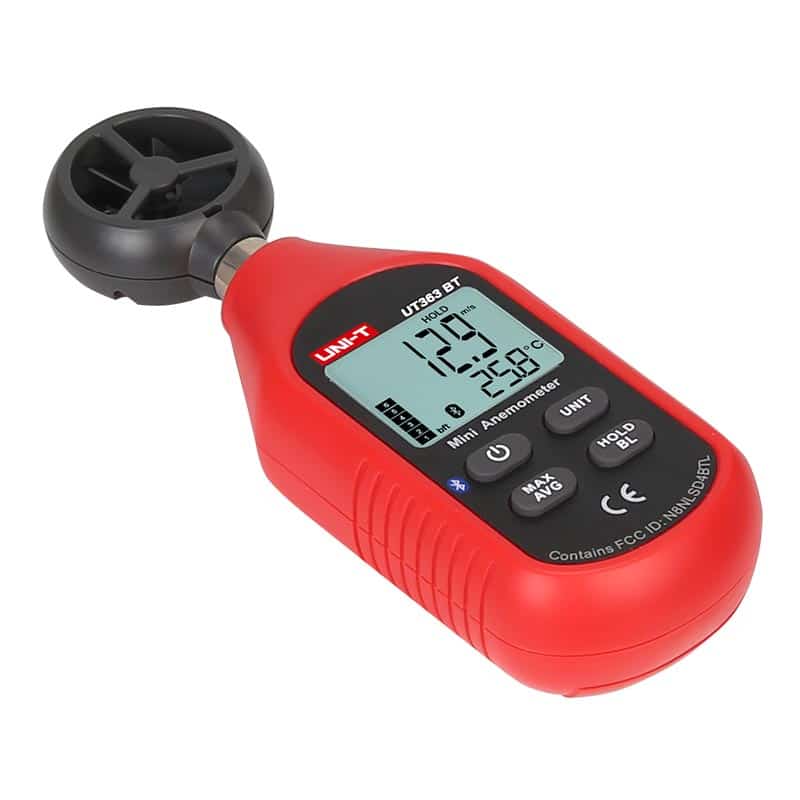Anemometers Unveiled: Recognizing Their Importance in Ecological Tracking and Precaution
The role of anemometers in ecological monitoring and safety and security steps is frequently underestimated, yet their value is undeniable. From weather forecasting to air travel security, anemometers play a critical function in giving exact data that educates decision-making processes and improves general safety.
Background of Anemometers
The development of anemometers can be mapped back to the old worlds where basic wind measuring devices were very first used. One of the earliest well-known anemometers was the hemispherical mug anemometer invented by Leon Battista Alberti in the 15th century.
Over the years, innovations in technology led to the growth of even more modern anemometers, including ultrasonic anemometers and laser Doppler anemometers, supplying enhanced accuracy and efficiency in gauging wind speed and direction. The history of anemometers showcases an amazing journey of innovation and development in the field of meteorology.
Sorts Of Anemometers
Throughout the area of meteorology, different types of anemometers have been created to properly gauge wind speed and direction. Sonic anemometers make use of ultrasonic signals to measure wind rate and direction properly. Hot-wire anemometers operate based on the principle that the cooling result of wind on a heated cable is proportional to the wind speed.
Applications in Weather Forecasting
Having gone over the numerous sorts of anemometers utilized in meteorology for measuring wind speed and instructions, it is vital to discover their sensible applications in the area. Anemometers play a vital role in meteorology by offering real-time and precise information on wind problems (anemometer). Meteorologists make use of anemometers to monitor wind speed and direction to forecast climate patterns, concern cautions for serious weather condition events like storms, twisters, and storms, and analyze weather for air travel security
In weather forecasting, anemometers aid in recognizing regional and regional wind patterns, which are crucial for forecasting weather condition modifications and identifying climatic fads. These gadgets are additionally utilized in study to research microclimates, city heat islands, and air pollution dispersion. Furthermore, anemometers are used in agriculture to enhance plant monitoring techniques, such as irrigation and pesticide application, based on wind conditions.
Value in Air Travel Safety And Security
An integral aspect of making certain aeronautics security lies in the precise tracking of wind problems using anemometers. Anemometers play a vital duty in aviation by giving real-time information on wind rate and direction, helping pilots in making informed decisions throughout liftoff, touchdown, and flight. Unpredictable and solid winds can dramatically influence aircraft procedures, making it essential for air travel authorities to depend on accurate wind dimensions to ensure the safety of guests and staff.

In the dynamic environment of aviation, where even small modifications in wind rate and direction can have extensive impacts, anemometers stand as vital tools for promoting protected and safe flight.
Role in Environmental Research Study
Anemometers play an essential duty in environmental research study by supplying necessary data on wind rate and instructions. By accurately determining wind qualities, anemometers help scientists examine the activity of toxins in the air, analyze the effect of industrial exhausts, and anticipate the spread of impurities in the setting.


Final Thought
In final thought, anemometers have played a vital role in ecological monitoring and safety and security procedures. With an abundant history and different types available, these tools have been extensively made use of in meteorology, aeronautics safety, and ecological research. Recognizing the value of anemometers is crucial for precisely gauging wind rate and direction, which is crucial for anticipating weather patterns, guaranteeing risk-free aeronautics procedures, and carrying out ecological research studies - anemometer. Their payments to these fields can not be undervalued.
One of the earliest known anemometers was the hemispherical cup anemometer created by Leon Battista Alberti in the 15th century. Over the years, advancements in technology led to the growth of more modern-day anemometers, including ultrasonic anemometers and laser Doppler anemometers, offering enhanced precision and effectiveness in measuring wind speed and direction. Hot-wire anemometers run based on the principle that the cooling impact of wind on a heated wire is symmetrical to the wind speed. Meteorologists make use of anemometers to monitor wind speed and direction to forecast climate patterns, problem cautions for extreme weather condition occasions like storms, twisters, and hurricanes, and assess climatic conditions for aeronautics safety.
Recognizing the significance of anemometers is crucial for precisely gauging wind rate and direction, which is important for anticipating weather condition patterns, ensuring safe air travel operations, and performing ecological researches. (anemometer)